Forex Analysis and Trading: Effective Top-Down Strategies Combining Fundamental, Position, and Technical Analyses
$19.75
| Author(s) | , |
|---|---|
| Format |
|
| Pages |
274 |
| Publication Year |
2009 |
Forex Analysis and Trading organizes the most widely used—although disparate—approaches to forex analysis into one synergistic, robust, and powerful framework. This system draws on fundamental, position, and technical analyses to identify profitable currency positions, enabling traders to make the best decisions regarding major currencies.
Introduction:
An economist can primarily focus on how larger macroeconomic changes will affect the value of the euro/dollar in the long run. Yet the larger macroeconomic questions that may affect the valuation of a currency pair over the long run may not be so useful in determining the fair value of a pair over the course of weeks or days, and almost never in the course of a single trading session. Portfolio managers and investors with position horizons of days and weeks cannot wait for long-term theory to “kick in,” and traders must instantaneously digest news, economic data releases, and trade flows. A currency strategist interacts with all three types of market participants both as a consumer of those groups’ information and as a provider of information to those groups. The range of both inputs and demands requires the application of a variety of methods by which to determine the value of the dollar.
Unlike many texts on foreign-exchange analytics, this text will not present one overarching methodology as “the way” to determine fair currency values. Rather, our approach, which relies on a multidisciplinary examination, provides an analytical framework for institutional analysts to utilize in making successful investment decisions regarding the currencies of major countries. Rather than presenting the disparate disciplines that are employed to make currency decisions in separate vacuums, this book recognizes that different perspectives take on key relevance in markets under varying conditions, and therefore, that the best investment decisions are based on inputs from the full spectrum of considerations.
Our analytical paradigm consists of three main groupings: fundamental, positioning, and technical. By employing this analytical framework, we believe that this text provides an accurate and realistic look into how foreign-exchange analysts, economists, investors, and traders actually seek to put together profitable investment and trading strategies and mitigate risk in the open global economy.
The foundation and starting point of our framework consists of fundamental analyses to provide macroeconomic and cross-asset perspectives. The second grouping consists of positioning analysis, which attempts to identify extremes in positioning—and so potential turns in market sentiment/direction. Finally, technical analysis provides even more precise price action “triggers” for investment and trading decisions.
Contents:
- Purchasing Power Parity
- Real Exchange Rates and the External
- Exchange-Rate Determination over the Balance
- Medium Term: Parity Conditions, Capital Flows, and Current Account
- Fair-Value Regressions
- Futures Non-Commercial Positioning
- Risk Reversals
- Trend-Following Indicators
- Oscillators
- Technical Pattern Recognition
- Case Studies
Forex Analysis and Trading: Effective Top-Down Strategies Combining Fundamental, Position, and Technical Analyses By Joseph Brusuelas and T. J. Marta pdf
1 review for Forex Analysis and Trading: Effective Top-Down Strategies Combining Fundamental, Position, and Technical Analyses
Clear filtersOnly logged in customers who have purchased this product may leave a review.

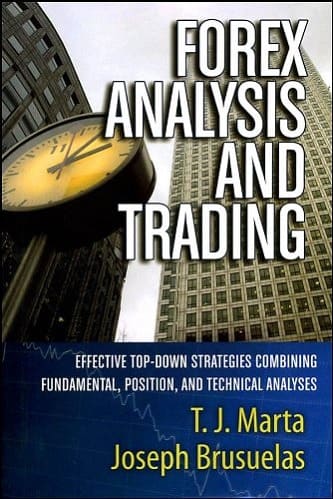


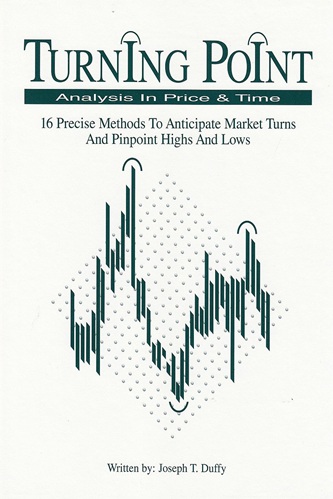
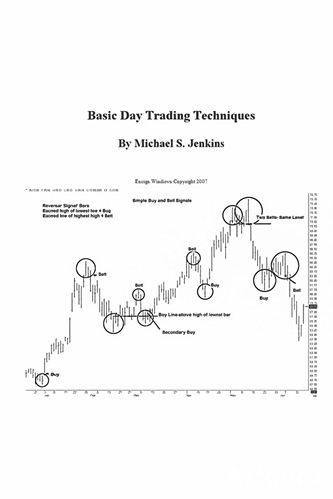
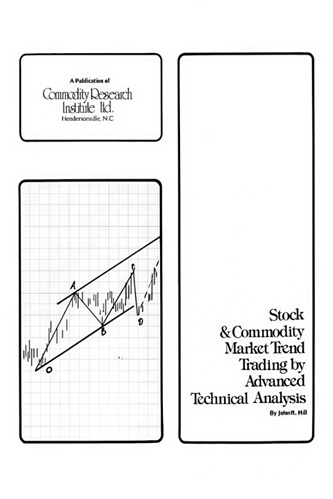
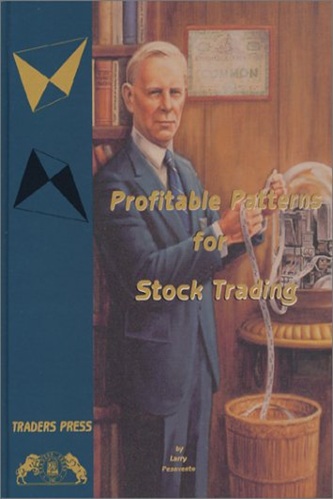

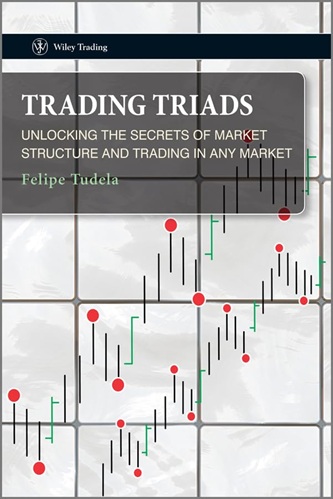
Benjamin Leal (verified owner) –
This book is just incredible. Nicely written, compact and yet very detailed. It really does a good job explaining fundamental analysis,